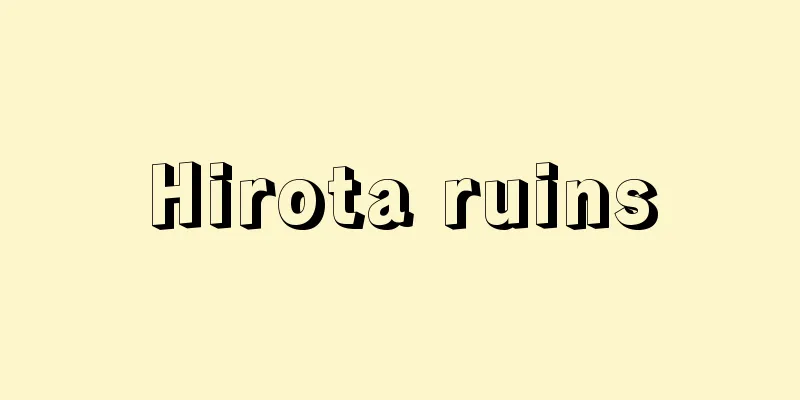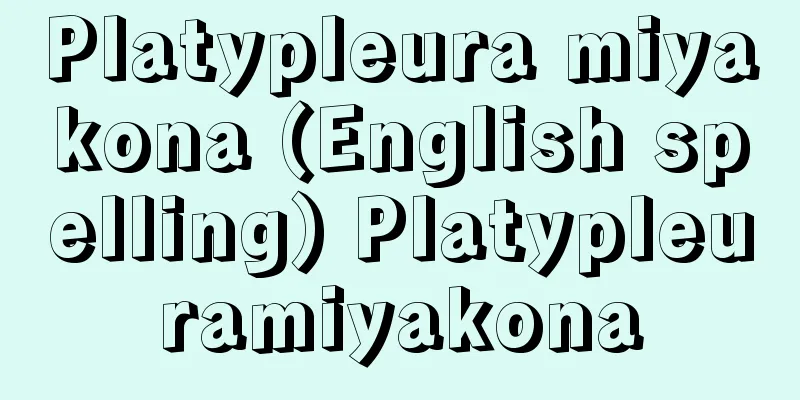Hirota ruins

|
<br /> The cemetery is located on Tanegashima Island in Minamitane Town, Kumage County, Kagoshima Prefecture. In 1955, human bones and shell products were found in a sand dune facing the Pacific Ocean that collapsed due to a typhoon. Excavations began two years later, revealing that the site dates from the latter half of the late Yayoi period to the late Kofun period. The survey covered an area of approximately 230 m2 , and 90 burial sites, including pit graves, stone-footed graves, and graves where multiple human bones were reburied in groups, were discovered, with 157 human bones found. As many as 44,000 shell products were found as grave goods, and the vast number of shell products are diverse, including "shell charms," small shell slabs with unique patterns that have never been found before, and shell accessories called " ryuhai-gata shell pendants" that are shaped like dragons and have only been found at the Hirota site. Materials used include Gohora, Oninishi, Imogai, and Ootsutanoha, all found in the southern seas. The shell charms are thought to have been used as talismans for burials, and are decorated with various patterns. The excavated items have been noted to have similarities to those in the Okinawa region and Amami Oshima. Investigations are continuing, and in 2003, Ichiki -style and Issou -style pottery from the late Jomon period were discovered on a slight hill just behind the sand dune where the ruins are located, and in 2005, new cemetery ruins were discovered to the west and north of the ruins. In 2006, the excavated items were designated as Important Cultural Properties, and in 2008, the ruins became a nationally designated historic site, and in 2009, the excavated items that had been owned by the town were additionally designated as Important Cultural Properties. It is about a 20 minute drive from Tanegashima Airport or about an hour drive from Nishinoomote Port. Source: Kodansha National Historic Site Guide Information |
|
鹿児島県熊毛郡南種子(みなみたね)町の種子島にある墓地遺跡。1955年(昭和30)、台風によって崩壊した太平洋に面した砂丘から人骨や貝製品が現れ、2年後から発掘調査が行われて、弥生時代後期後半から古墳時代後期の遺跡であることが判明した。調査は約230m2におよび、土坑墓、履石墓(ふくせきぼ)、複数の人骨を数体ごとに再埋葬した墓など、合葬を含む埋葬遺構が90ヵ所、157体分の人骨が発見された。4万4000点におよぶ貝製品が副葬されており、その膨大な貝製品は、初めて見つかった独特の文様をもつ貝の小板である「貝符」や同じく広田遺跡でしか見つかっていない竜をかたどった竜偑(りゅうはい)形貝製垂飾と呼ばれる貝のアクセサリーなど多種多様である。素材には南海産のゴホウラ、オニニシ、イモガイ、オオツタノハなどが使われている。貝符は埋葬に際して使われた護符と考えられており、さまざまな文様が描かれている。出土品などから沖縄地方や奄美大島との類似点が指摘されている。調査は続けられており、2003年(平成15)には遺跡が立地する砂丘のすぐ後背にある微高地から縄文時代後期の市来(いちき)式土器や一湊(いっそう)式土器が発見され、2005年(平成17)には遺跡の西側、および北側に新たに墓地遺跡が発見された。2006年(平成18)に出土品が重要文化財に指定され、2008年(平成20)に遺跡は国指定史跡になり、2009年(平成21)には町保有だった出土品が、重要文化財に追加指定された。種子島空港から車で約20分、または西之表(にしのおもて)港から車で約1時間。 出典 講談社国指定史跡ガイドについて 情報 |
Recommend
Weather - Tenki
A term used to describe the state of the atmosphe...
Abalos Family - Abaloske
...It is known for its beautiful nature, hot spri...
Decapterus muroadsi - Decapterus muroadsi
A marine fish of the family Carangidae in the orde...
Iwakamushiri no Mikoto - Iwakamushiri no Mikoto
He is the grandson of Emperor Kōgen's son, Ohi...
Phalaropus fulicarius (English spelling) Phalaropusfulicarius
… [Shinji Takano]. … *Some of the terminology tha...
O-Boo - O-Boo
→Turku Source : Heibonsha Encyclopedia About MyPed...
Diploglossus costatus (English spelling) Diploglossuscostatus
...The subfamily Alligatorinae includes 27 specie...
Spice - spice (English spelling)
In Japan, it is translated as "spices" ...
Kamomioya Shrine
A former Imperial Grand Shrine located in Shimogam...
Asatsu [Hot Spring] - Asozu
→Hago [Hot Spring] Source : Heibonsha Encyclopedia...
Objective responsibility - objective responsibility
...In addition, children and the mentally ill wer...
Napalm bomb
An oil-based incendiary bomb that uses napalm (a ...
Epibolē (Greek)
A system of compulsory cultivation of uncultivated...
Fallen Idol - Ochitaguzou
… His Catholicism, like that of Catholic writers ...
Mount Iwate
A mountain that towers over the north of Morioka ...



![Nakijin [village] - Nakijin](/upload/images/67cc65595bd06.webp)





